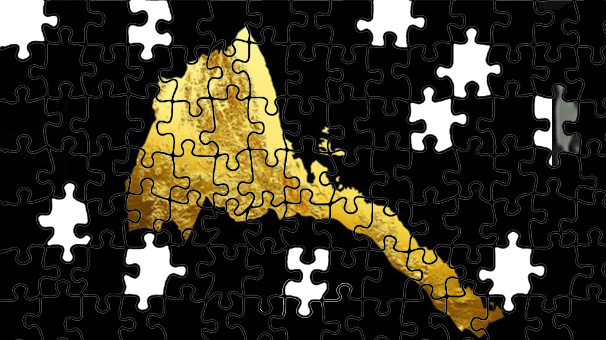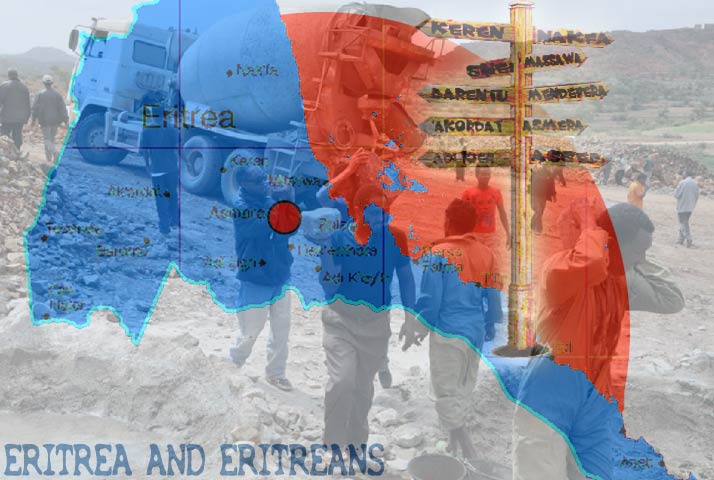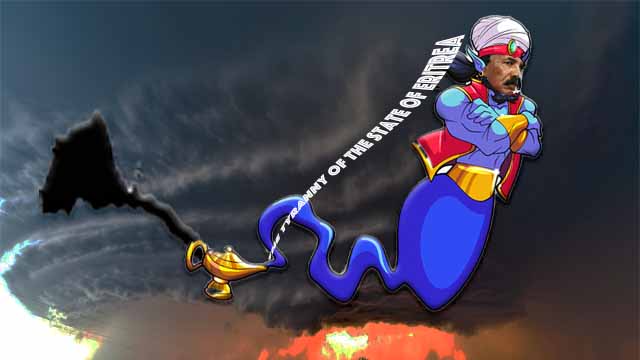A Return of Sorts to Religion

In a much-publicized recent religious event at the Anda Mariam Tewahdo church, many of the top Eritrean officials were seen at the forefront, solemnly bowing and kissing the cross. In principle, such an occurrence shouldn’t be unusual in a country with a mix of Christians and Muslims. Adherents to faith, regardless of their social status, have the full right to express their devotion publicly or privately with no qualms. However, this incident became a subject of sensational discussions, some favorable and others unfavorable. Irrespective of the different suppositions, viewed within a broader historical context, this incident has unmistakable symbolic significance.
During Haile Selassie’s time, it was common for the king and high officials, who were mostly Christians, to attend the church publicly and appear in the company of the Christian clergy. When the king came to Asmara, one of the things he did regularly was to visit the Anda Mariam church in full public view. Following the takeover of the Derg and the rise of Mengistu, such public expressions of religiosity disappeared. With the adoption of Marxist ideology, religion was deemed reactionary and an enemy of the masses. The clergy, even though tolerated, were marginalized and labeled as feudalists. Mocking religious observances became common, young Marxist cadres emerged as the new preachers, and public displays of religiosity for officials became unfitting.
Within the Eritrean liberation movement, a similar change was taking place. The Eritrean struggle, at its inception, had no ideological affiliations. Typical religious observance, which was mostly Islamic, was common. However, with growing external influences, left-leaning Ba’thist ideology started to gain ground within factions of the younger leadership of the struggle. A further leftist wave came through contacts with China and the influx of Eritrean students from the University of Addis Ababa. By the ‘70s, Marxist-Leninist indoctrination took center stage, and dedicated cadres were emerging. Beyond the active mockery of religion, shying away from religious observances became trendier. Some of the young fighters publicly expressed their disdain for religion. A story is told of the liberation of a village, where people joyfully welcomed the fighters as they came in. An elderly man was seen waving his hand at the fighters and saying, “May God give you victory.” A young fighter shouted back at him, “Shut up, you old man; we bring victory with our muscles, not your God.”
With the regression of leftist ideology in Russia and China, Marxism started to wane within Eritrean leftist factions, but some sort of unease toward religion remained, and officials avoided public expressions of religious devotion. Such hesitancy continued for some time even after independence. Certainly, from early on, several Muslim officials regularly appeared in Eid prayers, but given their smaller number relative to their Christian counterparts, their appearance was muted. Thus, the recent high-profile appearance of a large number of officials in the church was significant, viewed within the above-noted historical context. Such a change isn’t unusual, as societies waver between different ideological affiliations, and Eritrea isn’t unique in that regard.
Perhaps the key question that arises in this case: is this an occasional sentimental expression or a full turn to religion? If it is a return, what sort of return? Religiosity comes in different forms. How the faithful understand their faith and how they practice it varies. The best in humanity could emerge from faith, but possibly the worst could also stem from presumed religiosity. Generally, three types of religious observances can be identified:
Certainly, the best of the three is the last, under which the core message of faith takes center stage. A stage where a Christian takes to heart the Biblical guidance:
“Love your enemies, do good to those who hate you, bless those who curse you, pray for those who mistreat you.” Luke 6:27-28.
As well, stands for justice and kindness in accordance withZechariah 7:9 NIV:
“‘Administer true justice; show mercy and compassion to one another.”
For Muslims, their relations with others become guided by the Quranic verses such as:
“O you who believe, be upright for God, and be bearers of witness with justice! and let not hatred of a people invite you not to act equitably; act equitably, that is nearer to piety.” [Quran, 5:8]
Furthermore, they adhere to the Quranic verse:
“Nor can goodness and Evil be equal. Repel (Evil) with what is better: Then will he between whom and thee was hatred become as it were thy friend and intimate!” 41:34
Eritreans are religious by nature, and the return of their leftist intelligentsia shouldn’t come as a surprise. Substance-based faithfulness brings social harmony, respectful neighborly relations, family cohesion, and fair and equitable social order. It is positive to be religious, but with so much hate and injustice being spread in the name of religion, it must be a type of religiosity based on core values and humanistic considerations.
The best manifestation of faith isn’t through more displays of crosses or more dressing in what is deemed Muslim attire; nor in favoring coreligionists and usurping the rights of others. The true manifestation of faith comes only with uncompromised commitment to justice for all and for everyone. I hope that is the direction Eritrea will take.




Awate Forum